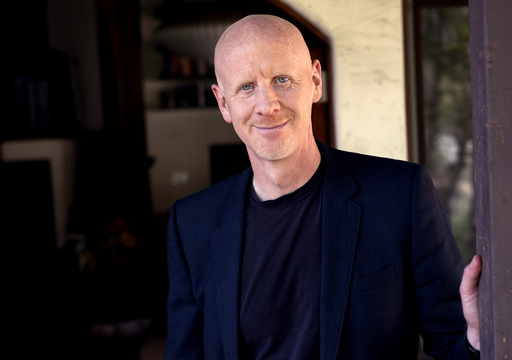GoFundMe’s CEO Tim Cadogan faced challenges while trying to fundraise on his own platform last fall. Cadogan aimed to raise $28,000 for a wilderness rescue team in Los Angeles, and several friends attempted to contribute using donor-advised funds (DAFs), a rising financial tool for philanthropic giving. After awaiting three weeks for their donations to be processed, the funds finally reached their destination, highlighting a delay that wouldn’t have occurred if a Giving Fund had been used, which executes donations in seconds.
The introduction of Giving Funds by GoFundMe is part of a strategy to energize charitable contributions beyond the stagnant 2% of GDP. This new product places GoFundMe in competition with over a thousand similar services that cater to wealthy clientele and often face criticism for delaying the distribution of donations. Cadogan’s ambition is to expand the appeal of DAFs beyond affluent tech circles and redefine GoFundMe as more than just a crowdfunding site. He envisions a broader use where users manage their charitable giving creatively through the platform.
Donor-advised funds have gained popularity among the ultra-rich due to their tax-efficient nature, allowing donors to promptly claim tax benefits without having to immediately select or donate to specific charities. This financial option permits account holders to let their donations grow tax-free while they deliberate on the right beneficiaries. As more average givers begin to show interest, traditional financial services, like Fidelity Charitable, have lowered account minimums, and fintech startups such as Daffy emphasize transparent, flat fees. Recent IRS proposals aim to address potential abuses with penalties and introduce legislation mandating some disbursement deadlines.
GoFundMe’s Giving Funds require no minimum balances, no administration fees, and start with a $5 donation threshold. Users can fund their DAF via bank accounts or direct deposit at no cost, although credit card transactions will incur a standard fee after this year. Contributions can be invested in exchange traded funds managed by companies like Vanguard, BlackRock, and State Street Global Advisors. Cadogan argues that an intentional approach to giving, facilitated by Giving Funds, could drive broader engagement, distinguishing the product from its wealth-focused predecessors.
However, DAFs have faced scrutiny due to their inherent tax advantages provided to donors long before their donations reach charity recipients. Despite the controversy, organizations like the National Philanthropic Trust indicate funds held in DAFs surpassed $250 billion in 2023. GoFundMe aims to leverage its dynamic charitable network to guide Giving Funds users toward myriad nonprofit causes, including local charities and crisis relief efforts directly related to their interests.
The new platform also offers users simplicity in setting and reaching annual giving goals, tying donations to income percentages or set amounts, thereby facilitating tax record management. Though the DAF Research Collaborative suggested areas for improving the donation process, they acknowledge that DAFs blend convenience with a robust connection to nonprofits. The competitive nature of the donor-advised space presents a challenge to new entrants, but existing DAFs are already accessible to various income levels, with more than half under $50,000 in assets.
Jeff Williams, a researcher, acknowledges the voting trend with growing DAF use, pointing out the value of having more choices available to donors. Meanwhile, Amy Weaver, CEO of Direct Relief, views GoFundMe’s entry into the market as potentially transformative. Direct Relief, which focuses on providing free medical resources, has seen $116 million from over 18,000 DAF donations in recent years. She underscores the traditional wealth association with DAFs but lauds the potential for GoFundMe to democratize access for smaller donors due to its wide-reaching name recognition and capability to attract smaller-scale givers.


